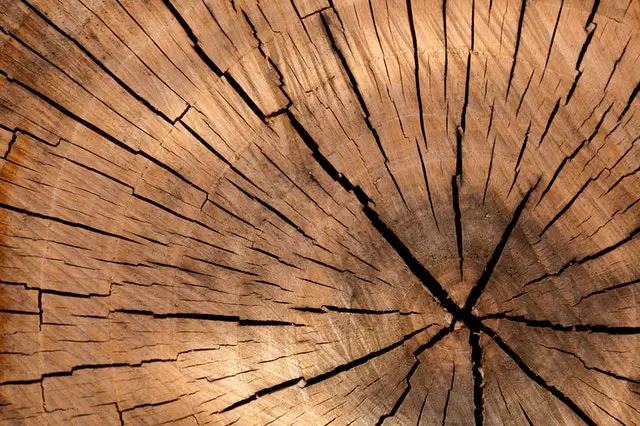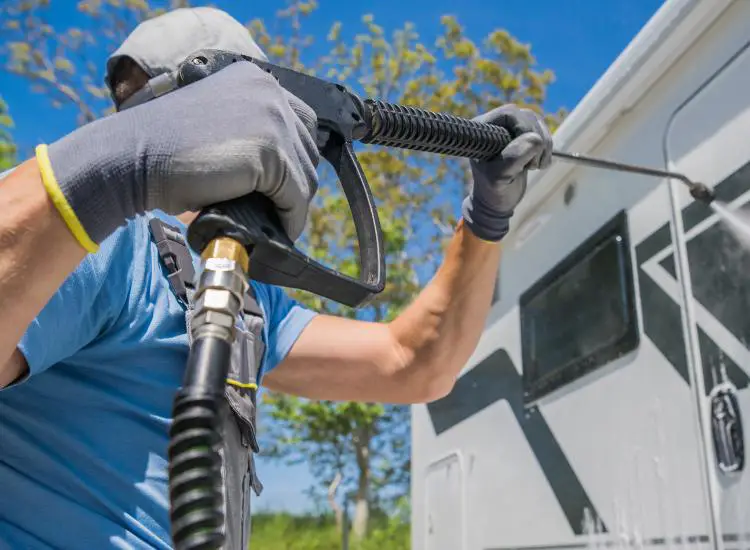How to Reclaim Water from Pressure Washing
Water reclamation is a great way to conserve resources and it’s super important when you’re pressure washing. If you want to learn how to reclaim water from pressure washing, you’ve come to the right place.
By reclaiming water used in pressure washing, you can reduce your environmental impact and save money on water bills.
To get started, you’ll need some basic equipment and a bit of knowledge on how the process works. In this article, we’ll guide you through the steps to effectively reclaim water from your pressure washing jobs, making it an easy and eco-friendly practice to integrate into your routine.
Understanding Pressure Washing Water Reclamation
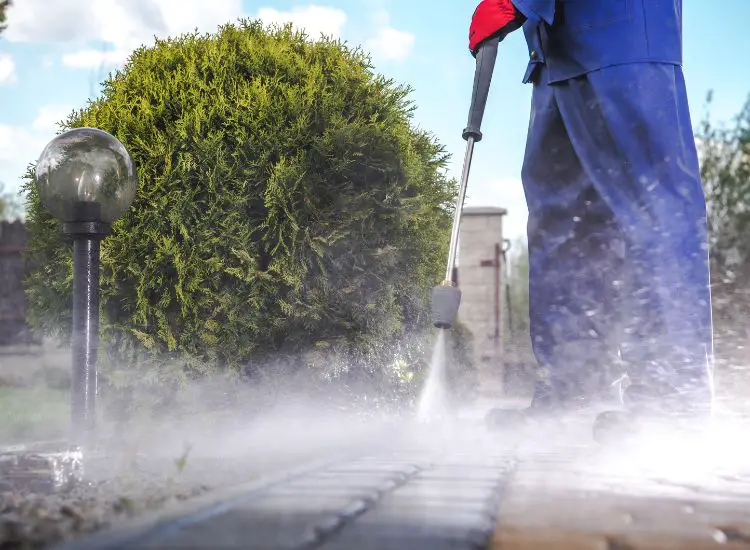
Environmental Benefits
By reclaiming water from pressure washing, you’re actively protecting the environment. It prevents pollutants from entering waterways and reduces contamination risks.
Water Conservation
Water reclamation enables you to reuse water, reducing your overall water consumption. This helps you conserve a valuable resource during times of scarcity or drought.
Legal Requirements
Some places (like California) have strict regulations regarding water discharge from pressure washing. Adhering to these legal requirements helps avoid potential fines and demonstrates environmental stewardship.
Equipment Needed for Water Reclamation
Vacuum and Filters
To start reclaiming water from pressure washing, you’ll need a vacuum system. This system helps extract used water from the surface. Your vacuum system should have multiple filters, such as a sediment filter and an oil-water separator, to remove debris and contaminants.
Holding Tank
Next, invest in a holding tank to store the reclaimed water. Choose a tank with enough capacity to handle your pressure washing needs. It’s important to have an airtight lid to prevent evaporation and maintain water quality.
Pump and Hoses
Finally, get a suitable pump and hoses for your water reclamation setup. Your pump should be powerful enough to transfer the reclaimed water to the holding tank. Additionally, make sure to use durable and resistant hoses designed for water reclamation purposes.
Water Reclamation Process
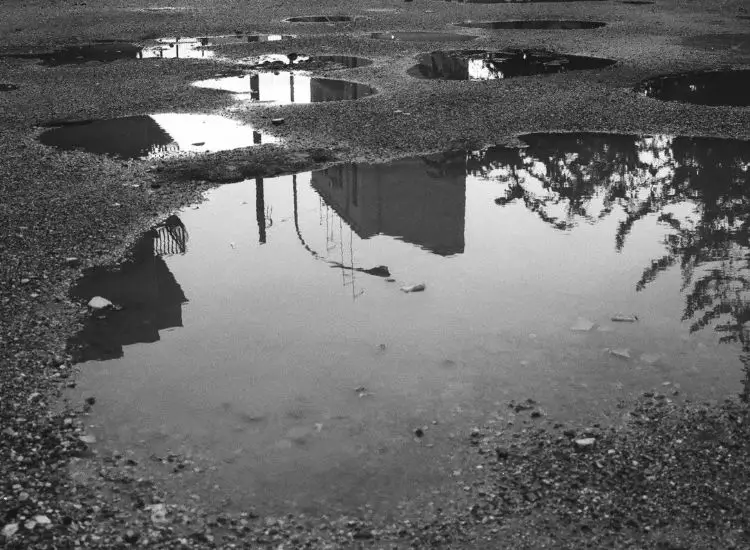
1. Water Collection
To start the process, collect the wastewater generated from your pressure washing activities. You can use equipment like berms, vacuums, or even makeshift gutters.
2. Filtration and Treatment
Next, filter the collected water to remove larger debris, such as dirt and leaves. Use a mesh filter or a sediment separator for this. Then, treat the water with chemical agents or filtration methods to remove any contaminants and pathogens. This step ensures the water’s safety for reuse.
3. Reusing Treated Water
Now that your water is clean, reuse it for various tasks. You can use it for irrigation, pressure washing itself, or even cooling systems. Be sure to follow local regulations when reusing treated water.
Maintenance and Safety Considerations
Regular Inspection and Cleaning
It’s essential to inspect and clean your pressure washer regularly. Regular maintenance ensures optimal performance and extends the equipment’s lifespan.
Examine hoses, nozzles, and other parts for wear and tear. Replace worn or damaged components promptly.
Proper Waste Disposal
When reclaiming water from pressure washing, it’s crucial to dispose of waste properly. Adhere to your local regulations and guidelines.
Ensure that wastewater doesn’t enter storm drains or natural water sources. Consider investing in a water reclamation system for a more eco-friendly solution.
Personal Protective Equipment
Wear appropriate personal protective equipment (PPE) while pressure washing. This includes safety goggles, gloves, and closed-toe shoes.
PPE protects you from high-pressure water, debris, and chemicals. Stay safe and enjoy a cleaner environment with reclaimed water.
Frequently Asked Questions
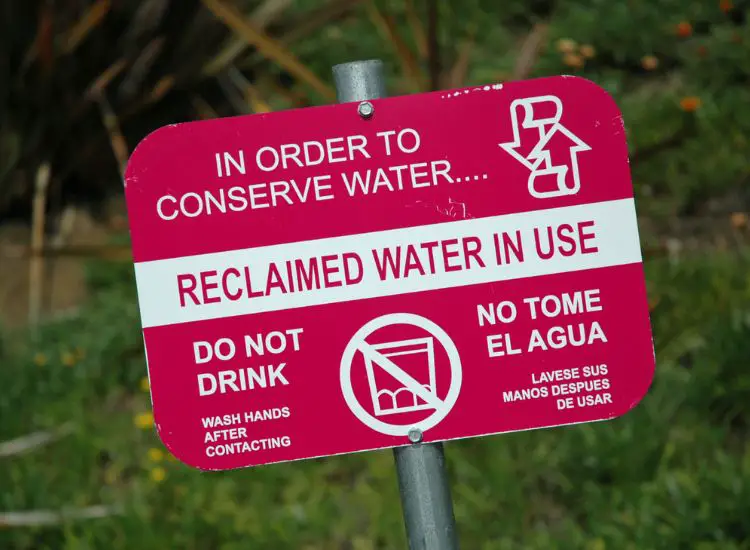
How do I build a DIY water reclaim system?
To build a DIY water reclaim system, start by choosing a suitable sump pump to collect water. Next, ensure proper filtration by adding sediment filter bags to remove debris and a series of activated carbon filters to remove contaminants.
What is wash water recovery?
Wash water recovery involves collecting, filtering, and reusing water from pressure washing activities. This process helps save water, protect the environment, and adhere to local regulations.
What options are available for portable water reclaim systems?
Portable water reclaim systems are available in various designs, including vacuum-based recovery units and portable berms. These systems allow you to collect, filter, and store water efficiently while on the go.
How do water recovery filtration units work?
Water recovery filtration units use a series of filters, such as sediment filters, activated carbon filters, and reverse osmosis membranes, to remove debris, contaminants, and dissolved solids from reclaimed water to make it suitable for reuse.
What is the purpose of a reclaim system in car washes?
A reclaim system in car washes helps save water by collecting, cleaning, and reusing water from washing processes. This not only reduces water consumption but also lowers the impact on local water resources and sewer systems.
What are some best practices for fleet washing water recovery?
For efficient fleet washing water recovery, follow these practices: use a water containment system to collect runoff, maintain filters and pumps regularly, use biodegradable detergents, and adhere to local environmental regulations during disposal of wastewater.


